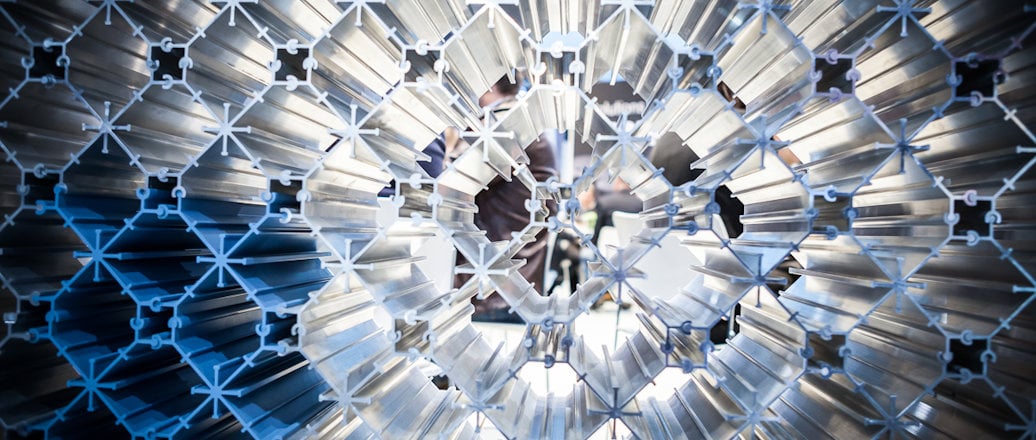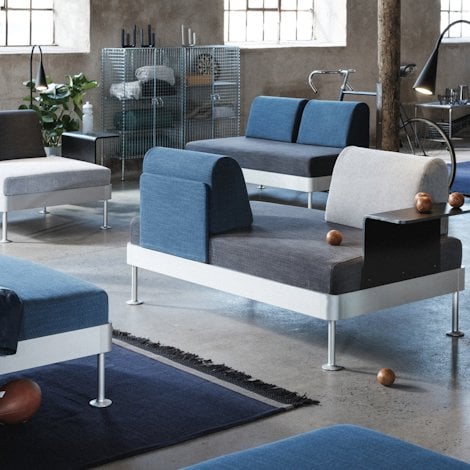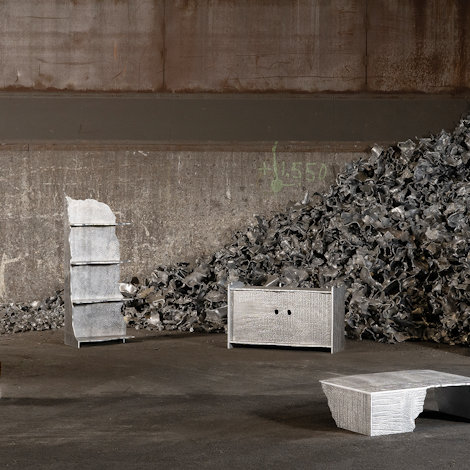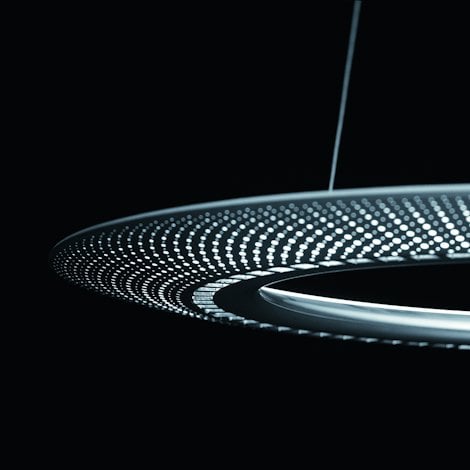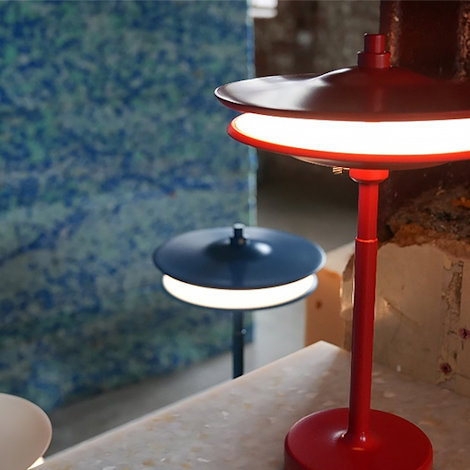Design it in aluminium
As an industrial designer, aluminium has been my material of choice for nearly 40 years. It is attractive, flexible, inexpensive and environmentally friendly. If you haven't used aluminium before, now is the time to try it.
Back in 1978, I discovered the advantages of working with aluminium, when I designed a light table using an aluminium profile. It was so easy to work with and I could add on features like handles, a ruler or electronic parts without attaching other materials. Aluminium gave me flexibility and it was cost-efficient to produce.
In subsequent years, I made many more products out of aluminium profiles and today, I’m more enthusiastic than ever about using it in industrial design. Aluminium is light yet strong, attractive, flexible, inexpensive and environmentally friendly.
Aluminium can be worked into any shape and treated with different finishes or anodized and dyed for a really nice looking surface. And unlike some other materials, it doesn’t rust, fade or smudge.
Looking good
Aluminium profiles look good. This is important in chairs, tables, lamps or whatever you’re designing where the profile is visible. I always say to my students that there is no contradiction between a good product and a product that is good looking. The Apple computer is a good example of this. It was milled from a piece of extruded aluminium and is very attractive, attributing Steve Jobs as “the man who made aluminium sexy.”
A well-designed product feels good, too. All of the parts you touch on Bang & Olufsen products are made of aluminium, a material that is smooth to the touch.
Another advantage of designing with aluminium is that it combines so well with other materials, whether glass, wood – whatever. It offers an exciting contrast between soft and hard materials or smooth and shiny surfaces.
Environmentally friendly
Aluminium is one of the most environmentally friendly materials a designer can work with. It can be recycled and used over and over again.
This very strong, but light metal, makes vehicles much more fuel efficient than, for example, steel. Jaguar and other manufacturers are making their vehicles almost entirely of aluminium these days. More than 75 percent of all new pickup trucks produced in North America will have aluminium bodies by 2025. This will help vehicle manufacturers meet ambitious targets to lower their carbon dioxide emissions and it will also result in lower operating costs for consumers.
Don’t use aluminium
I love designing with aluminium, but that doesn’t mean that it’s suitable for every application. Titanium is definitely the metal of choice for medical implants, due to its biocompatibility, and if you are designing something where you want to use a magnet, pure aluminium won’t work. You’ll need to add steel to it.
But basically, there are very few design limitations with aluminium. If there’s something you aren’t sure about, just ask the people at Hydro for help.

